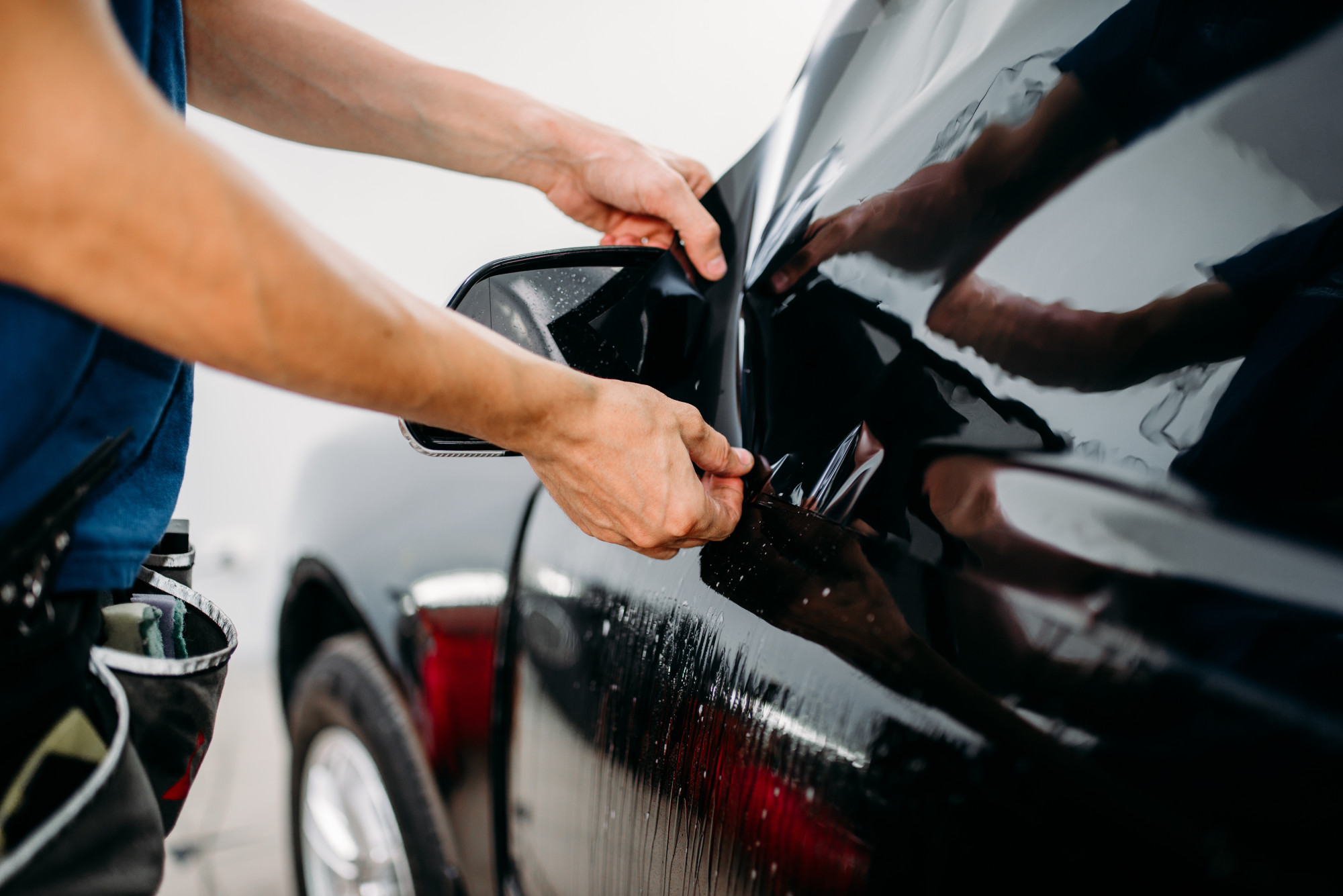We all spend a lot of time in our vehicles, and as such, we want to be comfortable. One of the ways we create a desirable environment within our vehicles is through the process of window tinting.
Window tinting provides a variety of enviable benefits for a vehicle. Almost all modern vehicles these days come with some form of window tinting. However, if you’re planning on adding a tint to your vehicle, you need to be aware of the darkest legal window tint for vehicles in your area.
The last thing you want to do is get hit with an expensive ticket (and have to erase your work!) all because you didn’t read up about the laws beforehand. What should you know about the laws revolving around legal tint? Read on and we’ll walk you through what you need to know.
Reasons to Tint Your Car Windows
If you spend any time on the open roadways you’re sure to notice that most drivers and vehicles have some form of window tint. This is because window tinting provides a desirable environment for the interior of most vehicles.
Find Your Online Car Repair Manual Today! ->>
One of the main benefits it provides is an enhanced sense of privacy in your vehicle. People on the outside cannot see as easily into your vehicle, giving you a little more separation from the outside world.
That’s not the only benefit, however. There’s a lot more to love about an A+ window tinting job.
Tinted windows will help to naturally lower temperatures in your vehicle, helping keep you and other passengers cool on a hot day. That means if you step away from your vehicle, the next time you step in it will take a little less time to get things to a comfortable temperature again.
Tinting doesn’t only protect you from the heat of the sun either, it also helps to shield you from potentially harmful ultraviolet rays. Plus, you’ll have less of the glare or intrusion of the sun in your eyes while you drive if you have tinted windows for your vehicle.
On top of all of this, most drivers just preferred a tinted window look for the vehicles. It’s aesthetically pleasing and can improve the overall appearance of your vehicle.
While most vehicles these days do already come with a level of tint, many car owners consider increasing the amount so as to better enjoy the above benefits. There are some do-it-yourself tint kits out there, though most drivers typically get this service done by a professional auto shop.
The Darkest Legal Window Tint You Can Get
So exactly how dark can you go with your window tint? In order to answer that, we’ll need to discuss exactly how tint is measured. In most cases, window tint is represented by a percentage of visible light transmission levels known as VLT.
A higher VLT percentage means more light is coming through, and a lower percentage means less light and stronger tint.
That probably sounds fairly straightforward. Where things get more complicated? It’s a matter of state governments. Every state in the United States has been allowed to set their own limit for allowable window tint.
That means the VLT percentage permittable in Florida won’t be the same as it is in New York. That means you’ll need to do a little bit of research on your own state in order to see how much tint you’ll be allowed to apply for your personal jurisdiction.
The most common allowable limit is 50% on the driver’s and passenger’s windows and 35% for the rear and back windows. This is so that law enforcement has a higher chance of being able to catch a glimpse of who is driving a particular vehicle.
Tint is also regulated so as to provide a level of safety for drivers. If front windows were too tinted, they could prove to be a safety hazard for those driving late at night. Vehicles with extreme tinting are more likely to be involved in accidents.
Different limits are sometimes allowed for what is known as the ‘eyebrow’ of a vehicle. The eyebrow refers to the thin strip of tint located on top of the driver’s windshield. This strip is there to help protect the drivers from glare or the rays of the sun.
Eyebrow limits will often be much more lenient than the limits set for other front-facing windows on a vehicle.
Potential Legal Penalties
State law enforcement has a right to perform a traffic stop on any vehicle they believe is driving with too-tinted windows. Once pulled over, police officers can use a tint measurement tool to test the exact VLC of a given window.
If a tint is too dark, the driver will most likely be given a ticket and forced to pay a fine. In addition to this penalty, the driver will be required to have the tint film replaced by a new tint that exists within the legal limits.
A person who has a legal need for window tinting over the legal limit might be able to appeal a ticket or avoid getting a fine. However, they’ll likely need to provide substantial evidence in order to prove their condition.
Driving with Tinted Windows
Who doesn’t want to enjoy the benefits of tinted windows for their vehicle? If you’re thinking of replacing the tint on your vehicle, it’s important that you’re familiar with the darkest legal window tint that you can invest in. The above information can help walk you through what you need to know.
Have more automobile questions? Keep scrolling our blog for more.







